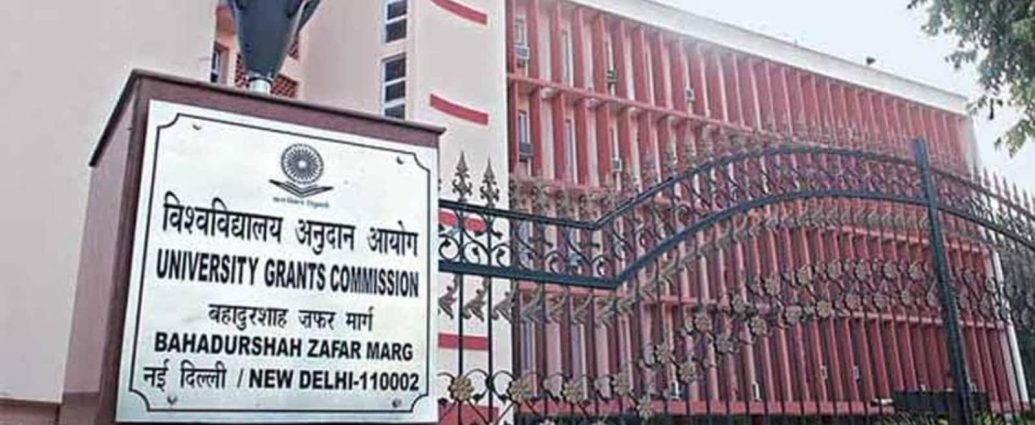University Grants Commission (UGC) has announced a new framework for undergraduate programmes. In view of NEP recommendations, UGC has revised the CBCS and developed Curriculum and Credit Framework for undergraduate programmes. As per the new FYUP curriculum, candidates have the flexibility to move from one discipline of study to another and multiple entry and exit options with a UG certificate/ UG diploma/ or degree depending upon the number of credits secured.
The undergraduate curriculum lasts for 4 years, or 8 semesters. After the third year, students who choose to enroll in a three-year UG programme can leave. If a student decides to withdraw after the first or second year, they will receive a UG Certificate or UG Diploma, depending on how many credits they earned Students who graduate with a UG certificate or diploma may return within three years and finish the degree programme.
Students who will wish to undergo a 3-year UG programme will be awarded UG Degree in the Major discipline after the successful completion of three years. Candidates who will complete four years degree will be provided a four-year UG Honours degree in the major discipline.
In the fourth year, students who scored 75% or more in the first six semesters and want to do undergraduate research can select a research stream. They should work on a research project or dissertation with the assistance of a university or college faculty member. The research project/dissertation will be in the major discipline.
Students will have the flexibility to move from one institution to another enabling them to have multi and/or interdisciplinary learning. They can even switch to alternative modes of learning (offline, ODL, Online learning, and hybrid modes of learning).
Following are the main features of the new curriculum:
1. Flexibility to move from one discipline of study to another.
2. Opportunity for learners to choose the courses of their interest in all disciplines.
3. Facilitating multiple entry and exit options with UG certificate/ UG diploma/ or degree depending upon the number of credits secured.
4. Flexibility for learners to move from one institution to another to enable them to have multi and/or interdisciplinary learning.
5. Flexibility to switch to alternative modes of learning (offline, ODL, and Online learning, and hybrid modes of learning).
Students may be allowed to take breaks from their studies while they are enrolled, but the maximum time allowed to complete the programme is seven years.
